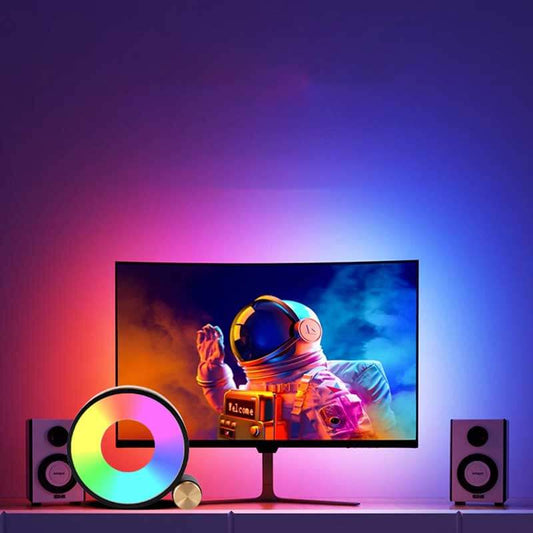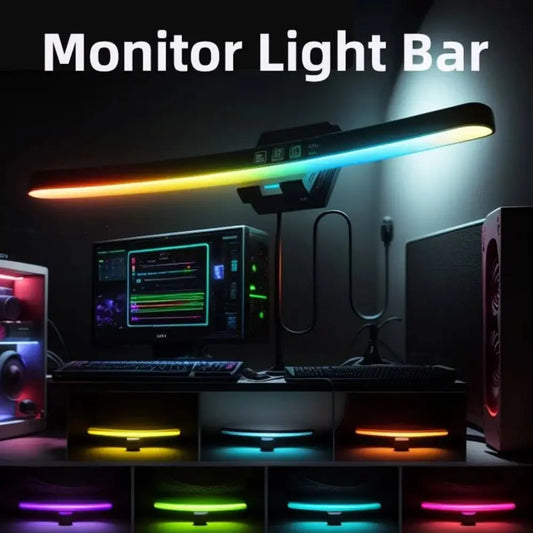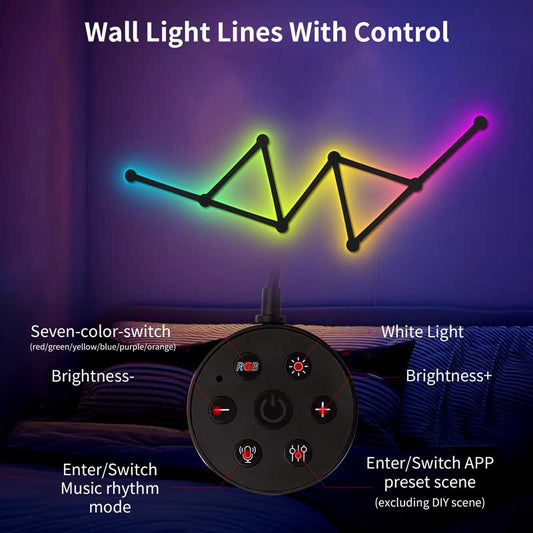What are the disadvantages of RGB?
Share
RGB lighting has become a popular trend in the electronics industry, adding a vibrant and customizable aesthetic to various devices. However, like any technology, there are drawbacks to consider when it comes to RGB lighting. Let's explore some of the disadvantages of RGB and why they may be important to keep in mind.
Increased Power Consumption
One of the main disadvantages of RGB lighting is its impact on power consumption. RGB LEDs require additional power compared to traditional lighting options, which can lead to higher energy bills and increased strain on the device's power supply. In a world where energy efficiency is becoming increasingly important, the added power consumption of RGB lighting may not be ideal for everyone.
Distraction and Eye Strain
While RGB lighting can create a visually appealing experience, it can also be distracting, especially in a work or gaming environment. The bright and constantly changing colors may cause eye strain and fatigue over time, particularly in dimly lit settings. For individuals sensitive to light or prone to headaches, the intense RGB lighting may not be conducive to productivity or comfort.
Limited Compatibility
Another disadvantage of RGB lighting is its limited compatibility with different devices and software. Not all devices or platforms support RGB lighting, which can lead to inconsistencies in the lighting effects or the inability to control the RGB settings altogether. This lack of universal compatibility can be frustrating for users looking to sync their RGB lighting across multiple devices.
Higher Cost
RGB lighting typically comes at a premium compared to non-RGB options. The additional components and technology required for RGB lighting can drive up the cost of the product, making it less accessible for budget-conscious consumers. While the aesthetic appeal of RGB lighting is undeniable, some may find it difficult to justify the higher price tag for a feature that is primarily cosmetic.
Complexity and Maintenance
Implementing RGB lighting in devices adds a layer of complexity to the design and maintenance process. The need for specialized software, drivers, and controls to manage RGB lighting can be overwhelming for users who are not tech-savvy. Additionally, RGB lighting may introduce potential points of failure or malfunctions, requiring troubleshooting and maintenance to keep the lighting effects running smoothly.
While RGB lighting can undoubtedly enhance the visual appeal of electronics, it's essential to weigh the disadvantages against the benefits to determine if it's the right choice for your needs. By understanding the potential drawbacks of RGB lighting, consumers can make informed decisions when selecting devices with RGB features.




